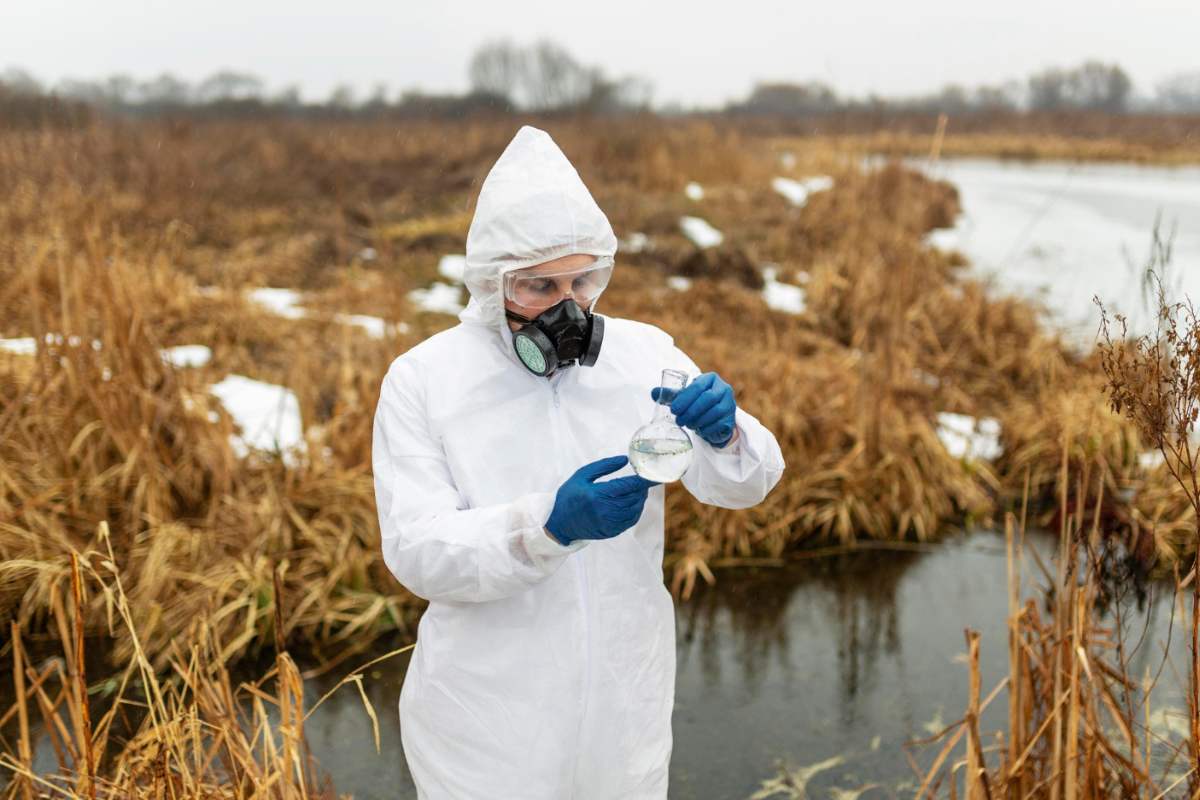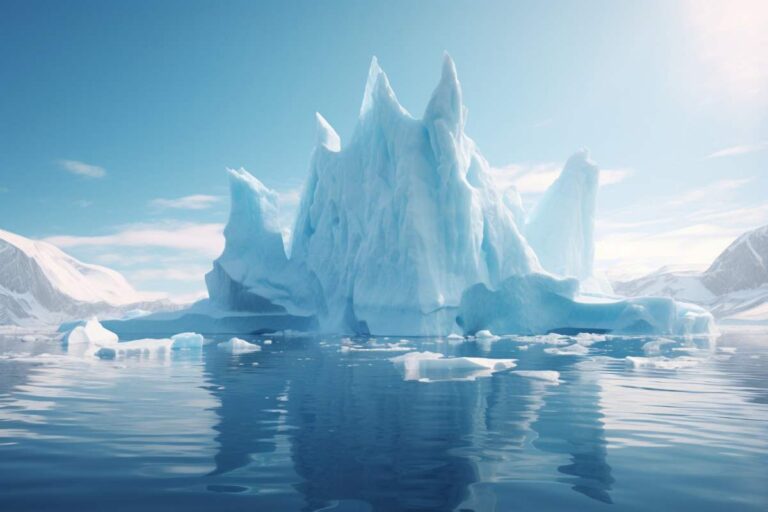Wetland Bacteria
According to a revolutionary study in Science Advances, methane-producing wetland bacteria (methanogens) are producing considerably more methane than had been previously projected, with far-reaching implications for global climate change. Wetlands, encompassing about 6% of the planet’s surface, produce 20–30% of all global methane emissions, making them vital yet under-explored agents of climate dynamics.
Key Findings and Methodology
The study, spearheaded by a group of researchers from the University of California, Berkeley, integrated field measurements, laboratory experiments, and climate modeling to examine microbial processes in varied wetland ecosystems, such as peat bogs, marshes, and rice paddies. By analyzing microbial DNA sequencing and measuring methane fluxes under different scenarios, scientists isolated a prevailing group of methanogens, Methanosarcina, which maximizes its growth in nutrient-rich, waterlogged sediments.
Interestingly, the research discovered that warming temperatures and more organic matter, due to plant rot from extended flooding, enhance the metabolic efficiency of these bacteria. In laboratory simulations, a 2°C temperature rise resulted in a 50% increase in methane production, indicating a perilous feedback loop as global warming continues.
Environmental Context and Mechanisms
Wetlands emit methane when anaerobic, with bacteria decomposing organic matter in the absence of oxygen. In contrast to aerobic decomposition (emission of CO₂), methanogens transform organic carbon to methane, a gas 28–34 times more effective than CO₂ as a century-scale greenhouse gas. The research emphasizes the role of water table depth and vegetation type in shaping emissions: shallow, nutrient-rich waters with herbaceous vegetation (e.g., cattails) support greater methane emissions than wetlands with forests.
Climate Implications and Feedback Loops
The research projects that under current warming trajectories, wetland methane emissions could rise by 80–150% by 2100, potentially accelerating climate tipping points. This is exacerbated by thawing permafrost, which exposes ancient organic matter to microbial activity. “We’re unlocking carbon stores that have been dormant for millennia,” warns lead author Dr. Elena Martinez.
Policy and Management Considerations
The research calls on updated climate models to consider these results, as current projections might underestimate the role of methane. Draining wetlands might limit emissions, but this would risk destroying essential biodiversity hotspots and turning stored carbon into CO₂. Alternatively, the researchers recommend balanced approaches, like restoring degraded wetlands to maximize carbon sequestration without promoting methanogen dominance.
Uncertainties and Future Research
There are still questions, even with progress. According to co-author Dr. Raj Patel, “We need finer-scale data on how plant-microbe interactions vary across regions.” Future research will investigate shutting down methanogen pathways with bioengineering or plant selection as a means of mitigation.
This study highlights the precarious balance between wetlands as climate moderators and potential hotspots for emissions, highlighting the imperative for adaptive management based on intelligence in the face of accelerating environmental change.





















